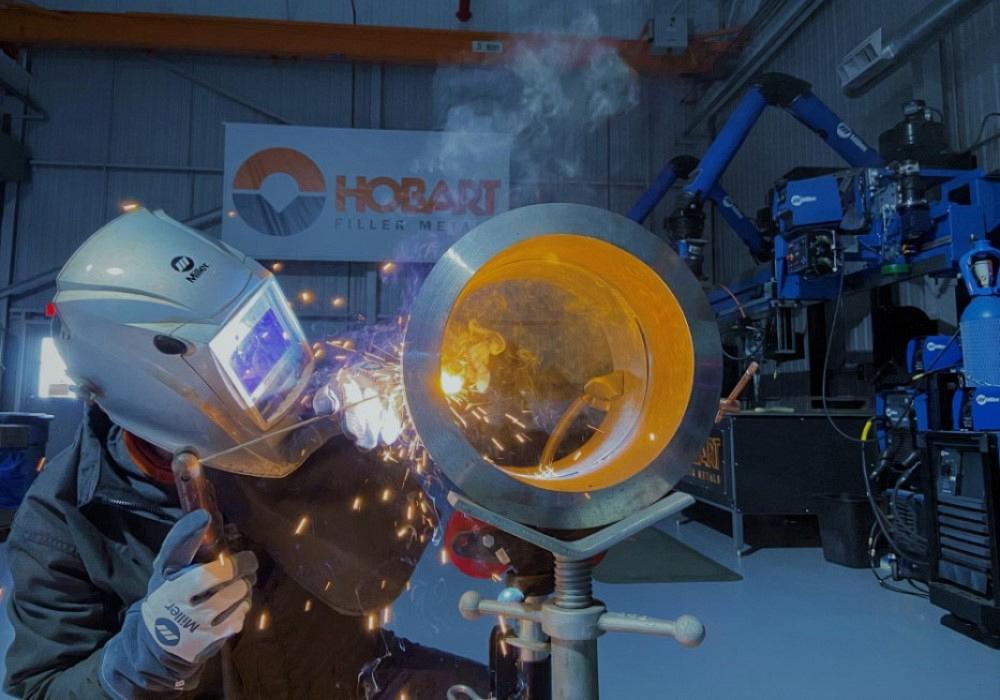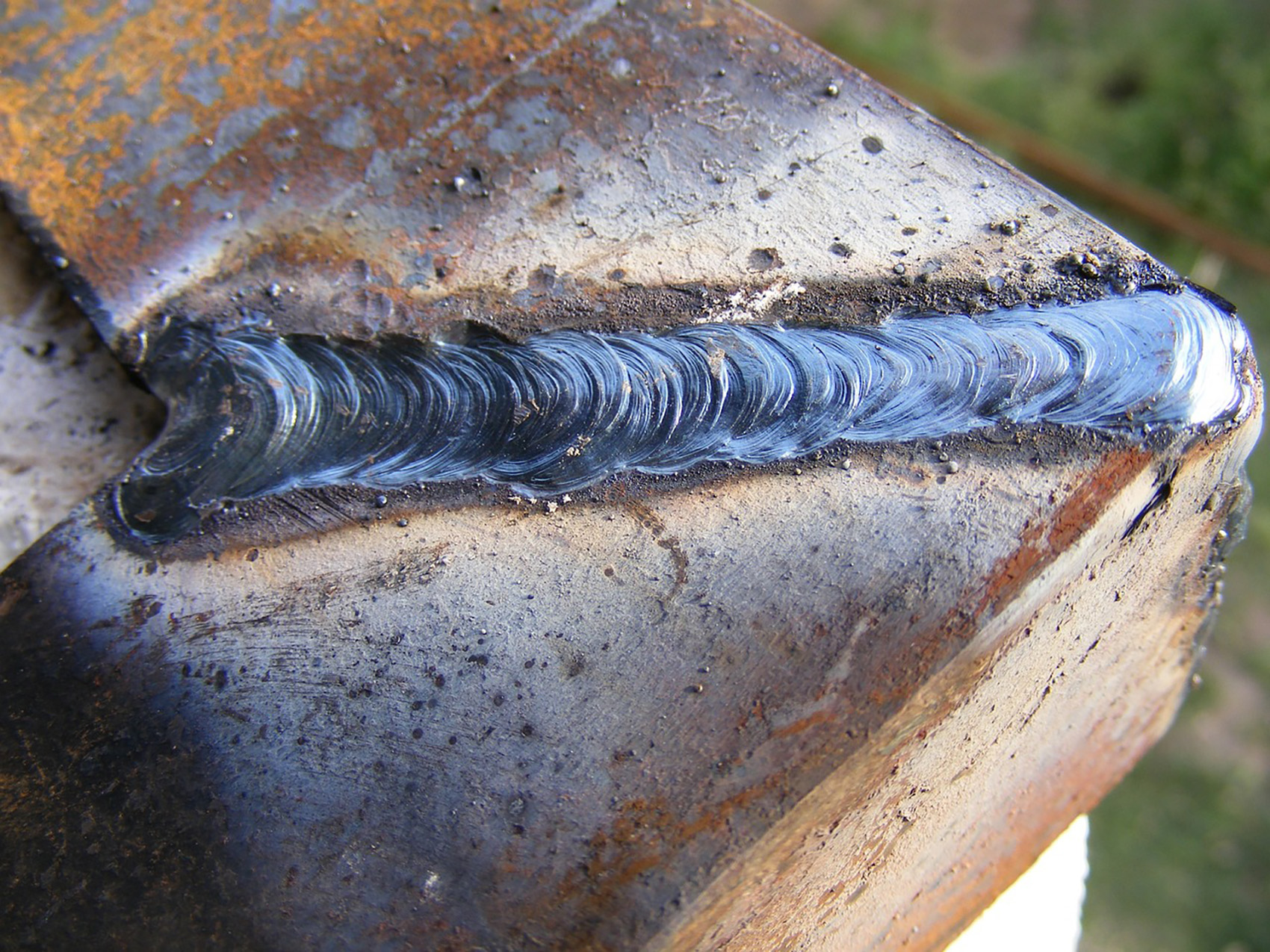Preventing Weld Undercut Made Easy: Trick Techniques Unveiled
Preventing Weld Undercut Made Easy: Trick Techniques Unveiled
Blog Article
Understanding the Art of Welding: How to Stay Clear Of Undercut Welding Issues for Flawless Construction Outcomes
Effectiveness and accuracy are critical in the globe of welding, where even the tiniest blemish can compromise the architectural honesty of a fabricated item. One usual challenge that welders face is damaging, an issue that can lead and deteriorate a weld joint to pricey rework. By understanding the source of undercut welding and implementing efficient strategies to prevent it, welders can elevate their craft to new degrees of quality (Preventing weld undercut). In the pursuit of flawless construction outcomes, understanding the art of welding to avoid undercut issues is not just a skill however a need for those striving for perfection in their work.
Comprehending Undercut Welding

To avoid undercut welding, welders ought to make sure correct welding criteria, such as readjusting the existing, voltage, traveling rate, and keeping the correct electrode angle. By understanding the causes of undercut welding and implementing preventive procedures, welders can attain high-quality, structurally audio welds.
Reasons of Undercut in Welding
Understanding the elements that add to undercut in welding is necessary for welders to produce top notch, structurally sound welds. Insufficient welding inaccurate or existing welding speed can likewise add to damage. Understanding these reasons and applying proper welding methods can aid prevent undercutting concerns, ensuring strong and long lasting welds.
Methods to Stop Undercutting

To alleviate the threat of damaging in welding, welders can utilize calculated welding methods aimed at enhancing the quality and integrity of the weld joints. Additionally, using the appropriate welding method for the particular joint setup, such as weave or stringer beads, can contribute to decreasing undercutting.
Moreover, appropriate joint preparation, including making sure tidy base products devoid of contaminants and using the proper welding consumables, is essential in stopping undercut flaws. Using back-step welding methods and controlling the weld bead account can also assist distribute warm equally and reduce the risk of undercut. Normal examination of the weld joint during and after welding, along with executing quality control steps, can aid in identifying and addressing damaging issues without delay. By implementing these techniques vigilantly, welders can accomplish perfect manufacture results with marginal undercut issues.
Importance of Appropriate Welding Criteria
Selecting and keeping appropriate welding criteria is important for accomplishing effective welds with marginal defects. Welding specifications describe variables such as voltage, existing, take a trip rate, electrode angle, and shielding gas flow rate that directly affect the welding procedure. These criteria should be very carefully readjusted based upon the sort of product being welded, its thickness, and the welding technique employed.
Appropriate welding criteria ensure the right amount of warm is related to melt the base metals and filler material consistently. If the criteria are set too useful site expensive, it can bring about too much heat input, causing spatter, distortion, or burn-through. On the other hand, if the parameters are too low, incomplete combination, lack of penetration, or undercutting might happen.
High Quality Guarantee in Welding Operations

Conclusion
Finally, grasping the art of welding needs a comprehensive understanding of undercut welding, its reasons, and methods to stop it. By ensuring correct welding specifications and implementing top quality assurance practices, perfect fabrication outcomes can be accomplished. It is essential for welders to constantly strive for quality in their welding operations to stay clear visit the site of undercut problems and generate top notch welds.
Undercut welding, a common flaw in welding processes, happens when the weld metal does not properly fill up the groove and leaves a groove or depression along the welded joint.To protect against undercut welding, welders must make certain correct welding parameters, such as changing the existing, voltage, traveling speed, and maintaining the proper electrode angle. Inadequate welding inaccurate or existing welding speed can likewise add to undercut.To reduce the threat of undercutting in welding, welders can utilize critical welding techniques intended at enhancing the high quality and honesty of the weld joints.In conclusion, mastering the art of welding needs a thorough understanding of undercut welding, its causes, and methods to stop it.
Report this page